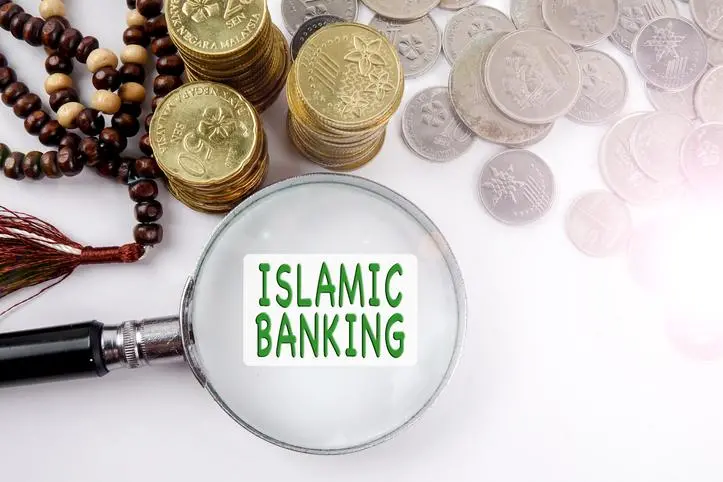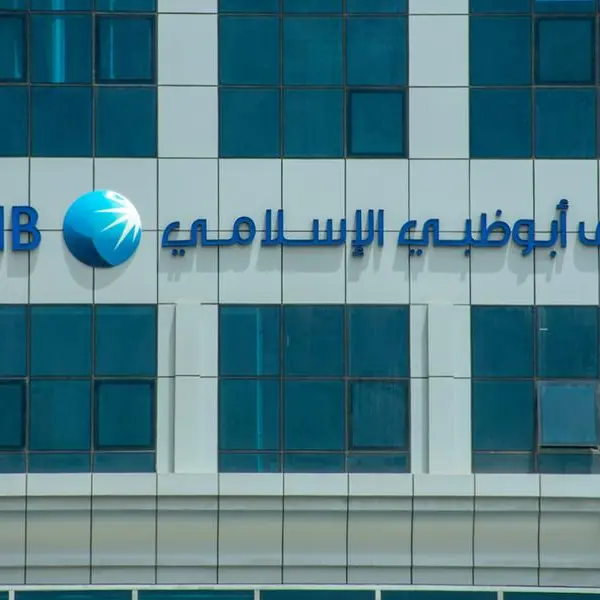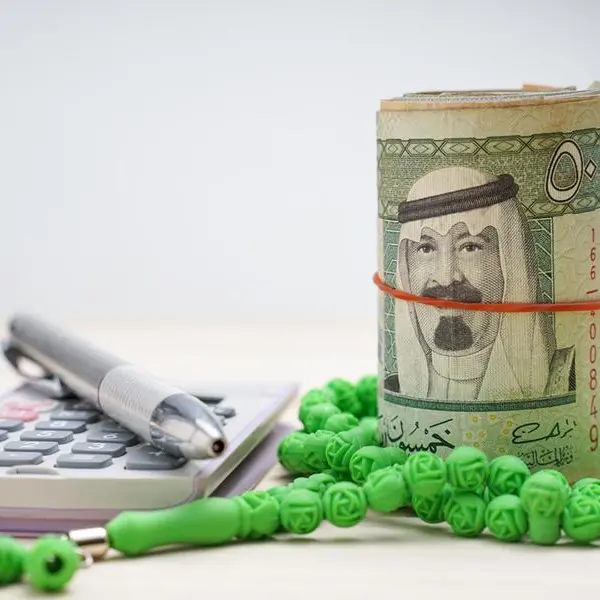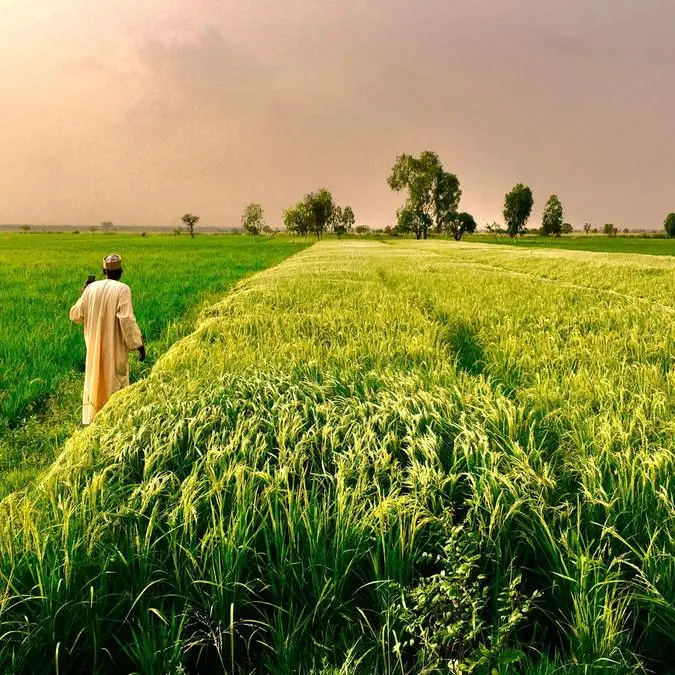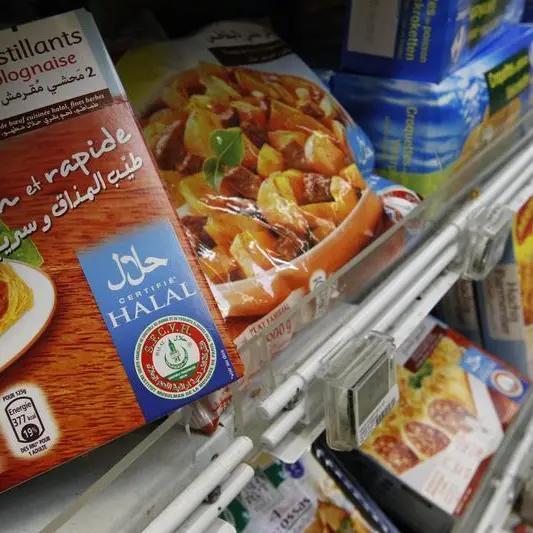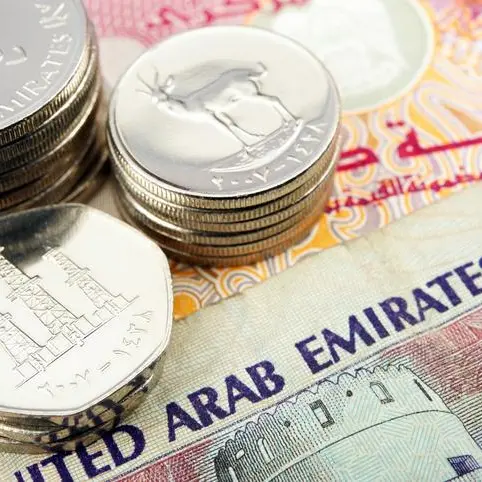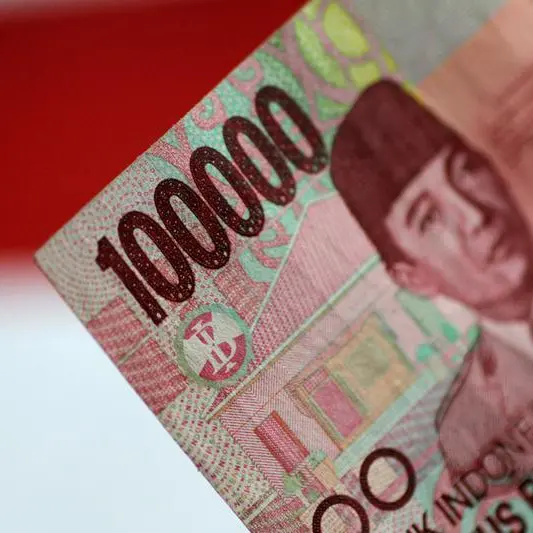PHOTO
Islamic banking assets in Africa are expected to increase noticeably over the next 10 years, given the continent’s large Muslim populations, Moody’s Investors Service said in a new report.
"There is huge potential for growth in the sector, given Africa’s large Muslim populations and the low starting base,” said Mik Kabeya, Vice President, Senior Analyst at Moody’s.
The Muslim population of Africa stands at some 530 million people, around 40% of the African population. In North Africa, the Muslim population is above 90%, close to levels in Gulf countries and some way above Malaysia, where numbers are around 60%.
Africa’s unbanked populations, particularly those opting out of the conventional system due to their religious beliefs, present an untapped pool of potential deposits and investments.
However, ongoing challenges will constrain Islamic banking’s growth over the next 12 to 18 months.
Rising competition among conventional banks in Africa makes for a difficult environment for developing the Islamic banking industry.
In addition, the legal, regulatory and tax regimes for the Islamic finance industry across the continent are in the early stages of development.
“Legal frameworks for the sector are a prerequisite for establishing both fully-fledged Islamic lenders and windows,” Kabeya said.
Islamic banking assets in Africa comprised only 2% of global and less than 10% of total domestic banking assets in most African countries as of December 2021.
This is despite sub-Saharan Africa having around 15% of the world’s Muslim population.
The exceptions are Sudan, whose banking system is fully Shariah compliant and Djibouti, where Islamic banking assets make up around 25% of banking sector assets, the report stated.
(Editing by Seban Scaria)
